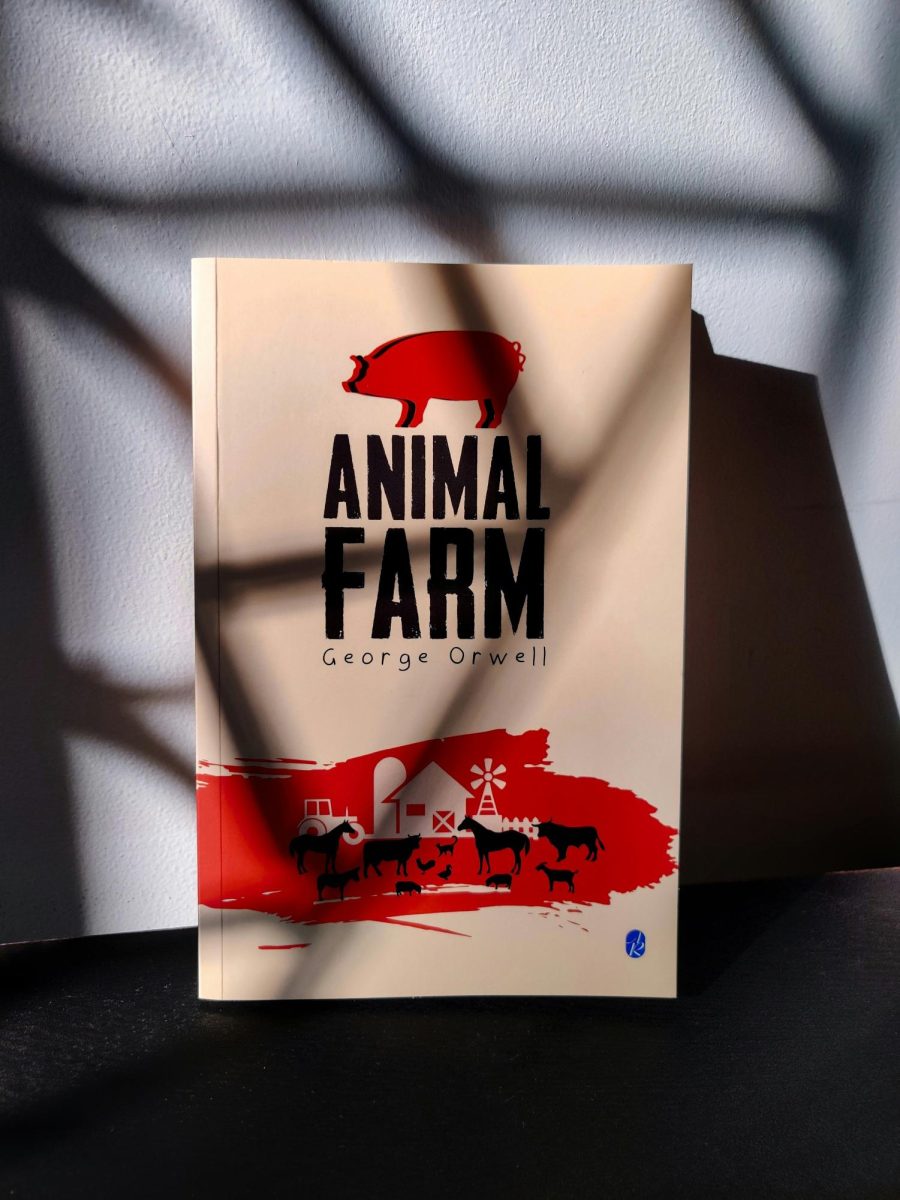#A11y Feminist Friday Digital Accessibility
February 1, 2020
At this week’s Feminist Friday, Cyndi Wiley, the digital accessibility coordinator and a program manager for the IT Services Office of the Chief Information Officer led a discussion on digital feminism.
Wiley is a successful graphic designer and has helped to design a VR game called “The End” to help those dealing with grief through therapy, as well as assisting a project at ISU to install 40 gaming computers and arcade games to expand the gaming community at ISU which already consists of over 500 ESPORT players.
Wiley was also the creative mind behind a gallery previously displayed at Grandview university which incorporated her unique style of code switching.
“There’s the idea of how I’ve adapted code switching as a person that does experience a ton of privilege because of my skin color” Wiley said. “Privilege is something that not everybody even acknowledges exists.”
Similarly, Digital Feminism acknowledges the roles of women, feminists, and cyberfeminists in overturning stereotypical ideas while providing any person who has been underrepresented an outlet to tell their truths such as was witnessed in the #MeToo movement.
“There’s just this huge negative connotation with the word feminism and feminist,” Wiley said. “When I ask the question in class ‘Do you want to be paid the same as a man who did the same program as you, had the same qualifications as you, and maybe you even were on the Dean’s list and he wasn’t. Do you want to be paid the same as that person?’ Usually they say ‘I want to be paid more because I was on the Dean’s list.’ Well your not going to be particularly if you don’t negotiate your salary.”
There are resources available on the ISU campus to assist students in learning how to research and negotiate for the wage they deserve like the AAUW Start Smart Workshops which will take occur Wednesday, February 19, from 5:30 to 8:30p.m. in Carver Hall room 0204.
When using social media users can easily ensure their posts are digitally accessible and help to meet the needs of those not as able bodied. To enter alt text through Instagram users can go in to edit existing posts, scroll down and type alt characters around 140 characters describing the post.
“On websites, usually alt text is included and we think websites are accessible, but 70 percent of all U.S. websites are not accessible,” Wiley said.
Twitter and Facebook also provide alt text options for users. One such user on Instagram @in.sight.full.life advocated for accessibility incorporating her entire page to the visually impaired. Accessible posts can also be found at #A11y.
ISU is taking on an extensive initiative to provide e-accessible courses and texts to students, like Lauren whose story can be watched at https://youtu.be/l-ZfEXAo00I.






